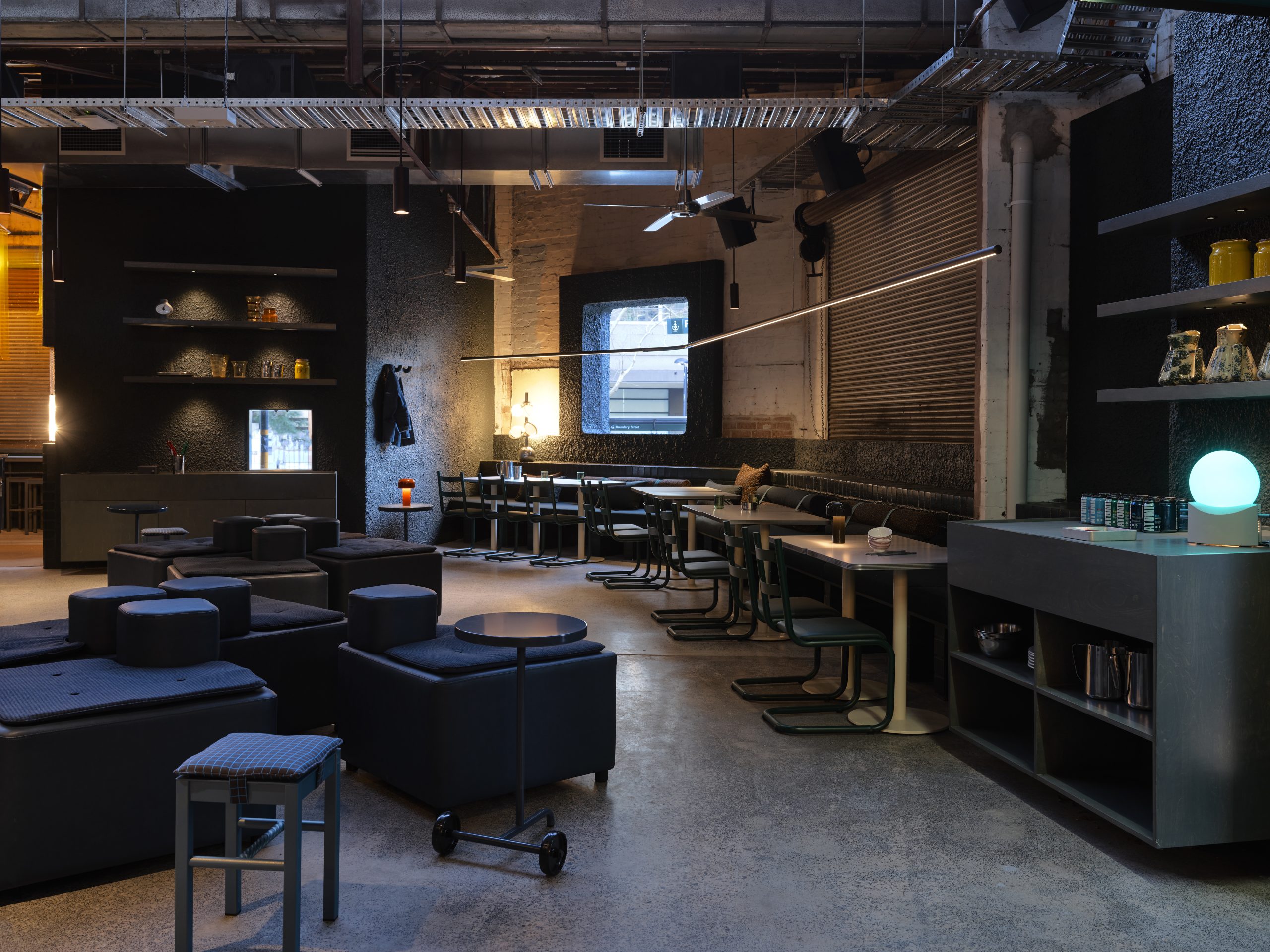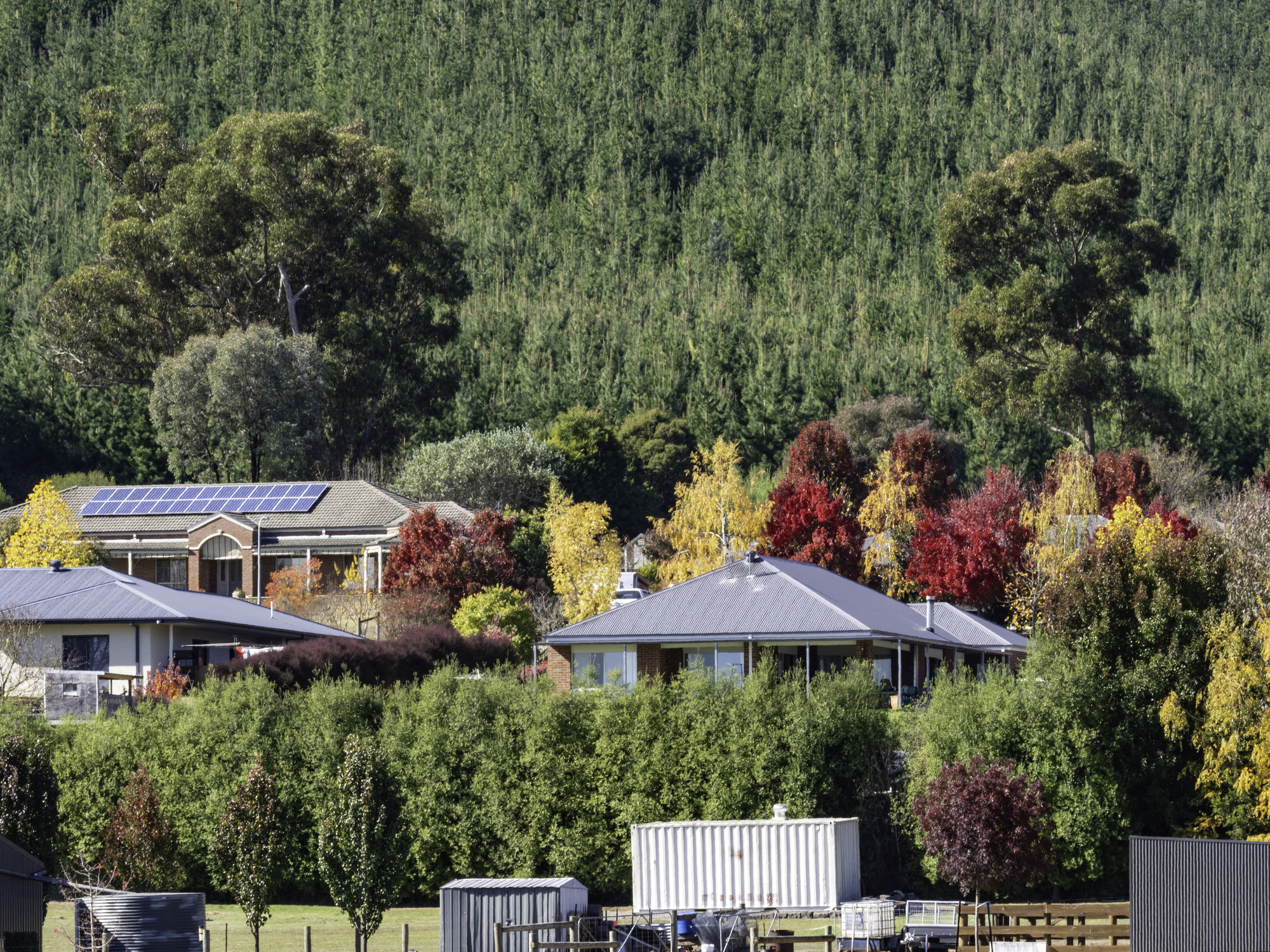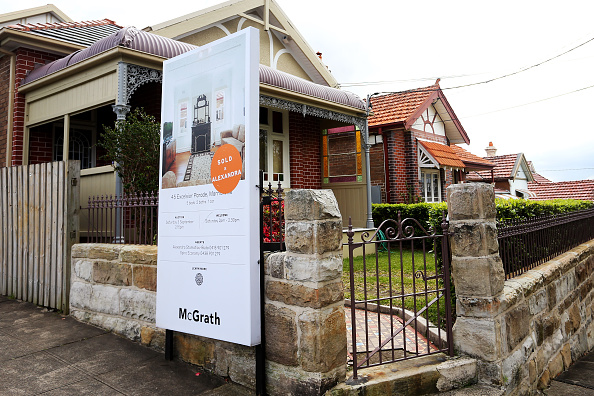The hospitality design trend making everyone feel at home
Restaurant, hotel and bar design is increasingly looking to residential interiors for inspiration
There’s not many part of our lives that have been left untouched by the pandemic. But while many aspects, like the lockdowns designed to manage exposure to COVID have been hard to live with, there have been some positive changes too. Notably, as offices closed and everyone started working from home, the traditional division between the two spheres started to break down. And while hospitality services in city centres saw patronage slow and even disappear, suburban cafes, bars and restaurants grew in popularity as customers looked to stay close to home and support local business.
For more stories like this, pick up the latest issue of Kanebridge Quarterly here.
Creative director of leading interior design firm YSG Studio, Yasmine Saleh Ghoniem, says although hospitality businesses undeniably suffered during the pandemic, it has reframed the way many patrons enjoy and use their local restaurants, bars and cafes.
“Since lockdowns ended, I’m noticing Sydneysiders are following this notion of loyalty to their ’hood which, until now, was more a Melbourne thing,” she says. “I suppose it’s evolved from ordering in from your local to support it during tough times.
“Hospo owners are increasingly offering a range of experiences to encourage locals in particular to frequent their venue, treating it like it’s an extension of their home.”

Borrowing from residential design to inform restaurant and bar design was already in evidence prior to the ‘work from home’ phenomenon, but COVID accelerated the design trend so that the lines have become increasingly blurred.
Bars with comfortable, or careworn, sofas and cafes with mismatched lounge chairs, well-padded banquettes and layered textures have become the go-to options for designers.
Ghoniem says clients are now regularly cherry picking from both sides of the fence to create sophistication at home or warm and inviting spaces in hospitality environments to offer a level of subtlety and individuality. Bedroom suites resemble hotel rooms and dining spaces echo restaurant and cafe style. Even the home kitchen has not been spared.
“Let’s not forget the home bar,” Ghoniem says. “Lockdowns are well and truly over, but the habit of making a cocktail after work is here to stay. We’re incorporating them in dining rooms and kitchens with gorgeous stone selections and integrated downlights to really show off the merch as they’ve become the social magnets of the home.”
The result is greater attention is being paid to materiality, from the rough texture of brick, to the reflective surfaces of Venetian plaster and Pandamo-finished micro cement, which Ghoniem used on a recent project with Four Pillars Laboratory in Surry Hills.

A good lighting design is key to tying the whole look together, as well as complying with the necessary OH&S requirements.
“Interestingly, the role (of lighting) in both resi and hospo spaces is becoming more aligned,” she says. “We’re all after less bright and more introspective lighting. We’re even staging home kitchens now with key focuses on beautiful stone surfaces or joinery details.
“I’m all up for immortalising moods and lighting plays a key role in stirring them so that spaces never feel brand new and instead seem layered by experiences – the patinas of time.”
Celebrated UK designer Tom Dixon visited Australia and New Zealand in March to celebrate the 20th anniversary of his design studio. He has been closely observing changes in the way we live, work and dine out for more than a decade, as tech advances allowed us to work remotely and, in turn, shaped what we expected from public and private interior spaces.
“I noticed the evolution 12 or 13 years ago at Shoreditch House in London, which was for daytime networking and night time entertaining, so we did a design which was always intended to be adaptable,” he says. “As wireless communication became more common, people started taking club memberships (there) to create a basis for their office because they preferred to work in a group setting rather than be in an office. It’s somewhere they could get good service, decent food and where they could bleed work into play.”

Dixon designed the lobby and Market Hall of Sydney’s Quay Quarter Tower, which last year was named World Building of the Year at the World Architecture Festival. He says the greatest design differences between residential and hospitality design are the number of ‘clients’ to consider.
“It was quite challenging to predict with Quay Quarter Tower, mainly because they didn’t know who the tenants would be to begin with,” he says. “They didn’t know the level of security that would be required so we were always trying to make it a bit flexible and neutral enough to accommodate a range of people. It’s always complicated with those public/private interactions but it was never going to be a fixed use, static design.”
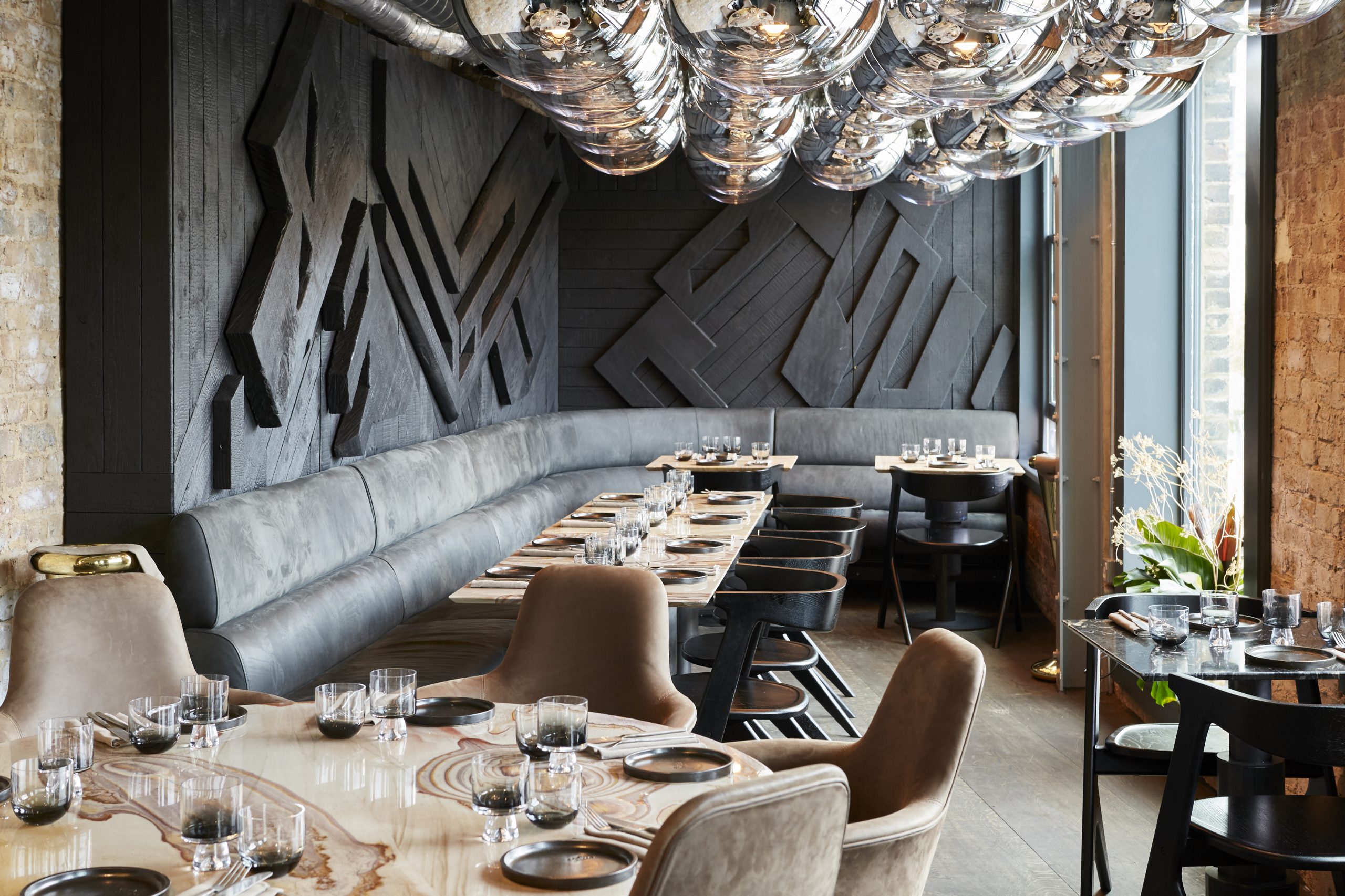
Now, he says, all interior spaces, whether they are homes, restaurants, hotels or offices are required to provide greater flexibility, both in terms of functionality, as well as design.
“It doesn’t matter whether it is work, hotels or home environments, everybody is being forced to use spaces in multiple ways than before COVID,” Dixon says. “Home is interesting because it became partly school, partly office during the day, so it had to become a lot more adaptable.
“COVID has put a lot of pressure on home and removed pressure from the office, so that it is more adaptable and less formal and there’s less of a division of space.”
Directors of award-winning design and architecture studio Luchetti Krelle, Rachel Luchetti and Stuart Krelle chose early on to focus their practice on hospitality design to stretch their creativity, but in recent years there’s been increasing interest from an unexpected quarter.
“We didn’t do a lot of residential because too many of our clients wanted to play it safe and consider (their property’s) resale value,” Luchetti. “Under those circumstances, you can’t put your personality into the space or enjoy that aspect of going all out. But now that we focus on hospitality, we get so many enquiries from people who have been to a restaurant we have designed asking if we will work on their house.
“People want to go out on a limb in residential design as well.”

The pair are responsible for a number of interior design fit-outs in NSW and Victoria, including Tattersalls Armidale, Ovolo Hotel South Yarra, Bathers Pavilion Restaurant at Balmoral, Matinee cafe in Marrickville and Redbird Restaurant in inner city Redfern.
Luchetti also points to COVID for the growing numbers of homeowners looking to replicate the moody, layered looks of restaurants, bars and cafes as the opportunities to go out diminished and everyone focused on their residential spaces.
“You want that sense of escape and, for a lot of people, that was where the residential boom to make your home a sanctuary came from,” she says. “People started looking for bigger places and getting that work/life balance, entertaining at home became big again.”
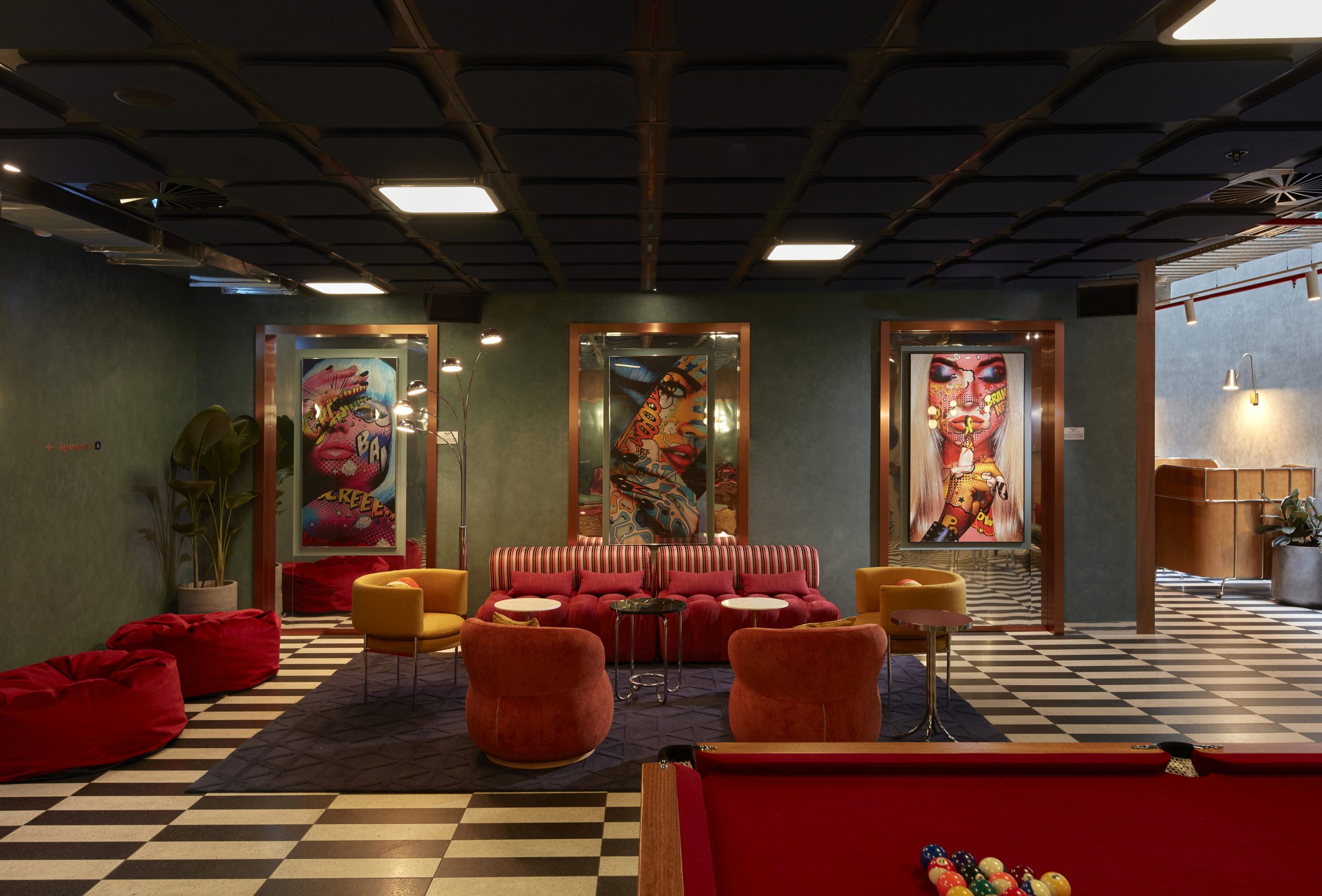
Private spaces within a wider residential setting became a priority with everyone at home together for longer periods of time. And with travel on hold, demand increased for hotel-like experiences at home.
“There’s two schools of thought with hotel design,” Luchetti says. “One of them is that you want it to be more like a home and the other is that it should be completely like nothing you have at home.
“People are looking for that calm, clutter free environment that you can’t achieve at home.”
More: ysg.studio; luchettikrelle.com; tomdixon.net
This stylish family home combines a classic palette and finishes with a flexible floorplan
Just 55 minutes from Sydney, make this your creative getaway located in the majestic Hawkesbury region.
As Paris makes its final preparations for the Olympic games, its residents are busy with their own—packing their suitcases, confirming their reservations, and getting out of town.
Worried about the hordes of crowds and overall chaos the Olympics could bring, Parisians are fleeing the city in droves and inundating resort cities around the country. Hotels and holiday rentals in some of France’s most popular vacation destinations—from the French Riviera in the south to the beaches of Normandy in the north—say they are expecting massive crowds this year in advance of the Olympics. The games will run from July 26-Aug. 1.
“It’s already a major holiday season for us, and beyond that, we have the Olympics,” says Stéphane Personeni, general manager of the Lily of the Valley hotel in Saint Tropez. “People began booking early this year.”
Personeni’s hotel typically has no issues filling its rooms each summer—by May of each year, the luxury hotel typically finds itself completely booked out for the months of July and August. But this year, the 53-room hotel began filling up for summer reservations in February.
“We told our regular guests that everything—hotels, apartments, villas—are going to be hard to find this summer,” Personeni says. His neighbours around Saint Tropez say they’re similarly booked up.
As of March, the online marketplace Gens de Confiance (“Trusted People”), saw a 50% increase in reservations from Parisians seeking vacation rentals outside the capital during the Olympics.
Already, August is a popular vacation time for the French. With a minimum of five weeks of vacation mandated by law, many decide to take the entire month off, renting out villas in beachside destinations for longer periods.
But beyond the typical August travel, the Olympics are having a real impact, says Bertille Marchal, a spokesperson for Gens de Confiance.
“We’ve seen nearly three times more reservations for the dates of the Olympics than the following two weeks,” Marchal says. “The increase is definitely linked to the Olympic Games.”

Getty Images
According to the site, the most sought-out vacation destinations are Morbihan and Loire-Atlantique, a seaside region in the northwest; le Var, a coastal area within the southeast of France along the Côte d’Azur; and the island of Corsica in the Mediterranean.
Meanwhile, the Olympics haven’t necessarily been a boon to foreign tourism in the country. Many tourists who might have otherwise come to France are avoiding it this year in favour of other European capitals. In Paris, demand for stays at high-end hotels has collapsed, with bookings down 50% in July compared to last year, according to UMIH Prestige, which represents hotels charging at least €800 ($865) a night for rooms.
Earlier this year, high-end restaurants and concierges said the Olympics might even be an opportunity to score a hard-get-seat at the city’s fine dining.
In the Occitanie region in southwest France, the overall number of reservations this summer hasn’t changed much from last year, says Vincent Gare, president of the regional tourism committee there.
“But looking further at the numbers, we do see an increase in the clientele coming from the Paris region,” Gare told Le Figaro, noting that the increase in reservations has fallen directly on the dates of the Olympic games.
Michel Barré, a retiree living in Paris’s Le Marais neighbourhood, is one of those opting for the beach rather than the opening ceremony. In January, he booked a stay in Normandy for two weeks.
“Even though it’s a major European capital, Paris is still a small city—it’s a massive effort to host all of these events,” Barré says. “The Olympics are going to be a mess.”
More than anything, he just wants some calm after an event-filled summer in Paris, which just before the Olympics experienced the drama of a snap election called by Macron.
“It’s been a hectic summer here,” he says.

AFP via Getty Images
Parisians—Barré included—feel that the city, by over-catering to its tourists, is driving out many residents.
Parts of the Seine—usually one of the most popular summertime hangout spots —have been closed off for weeks as the city installs bleachers and Olympics signage. In certain neighbourhoods, residents will need to scan a QR code with police to access their own apartments. And from the Olympics to Sept. 8, Paris is nearly doubling the price of transit tickets from €2.15 to €4 per ride.
The city’s clear willingness to capitalise on its tourists has motivated some residents to do the same. In March, the number of active Airbnb listings in Paris reached an all-time high as hosts rushed to list their apartments. Listings grew 40% from the same time last year, according to the company.
With their regular clients taking off, Parisian restaurants and merchants are complaining that business is down.
“Are there any Parisians left in Paris?” Alaine Fontaine, president of the restaurant industry association, told the radio station Franceinfo on Sunday. “For the last three weeks, there haven’t been any here.”
Still, for all the talk of those leaving, there are plenty who have decided to stick around.
Jay Swanson, an American expat and YouTuber, can’t imagine leaving during the Olympics—he secured his tickets to see ping pong and volleyball last year. He’s also less concerned about the crowds and road closures than others, having just put together a series of videos explaining how to navigate Paris during the games.
“It’s been 100 years since the Games came to Paris; when else will we get a chance to host the world like this?” Swanson says. “So many Parisians are leaving and tourism is down, so not only will it be quiet but the only people left will be here for a party.”
This stylish family home combines a classic palette and finishes with a flexible floorplan
Just 55 minutes from Sydney, make this your creative getaway located in the majestic Hawkesbury region.









